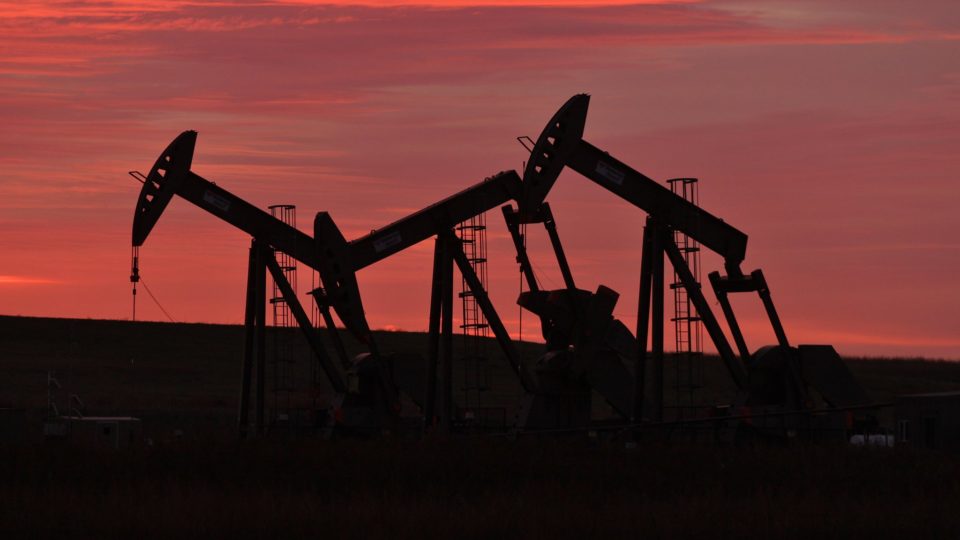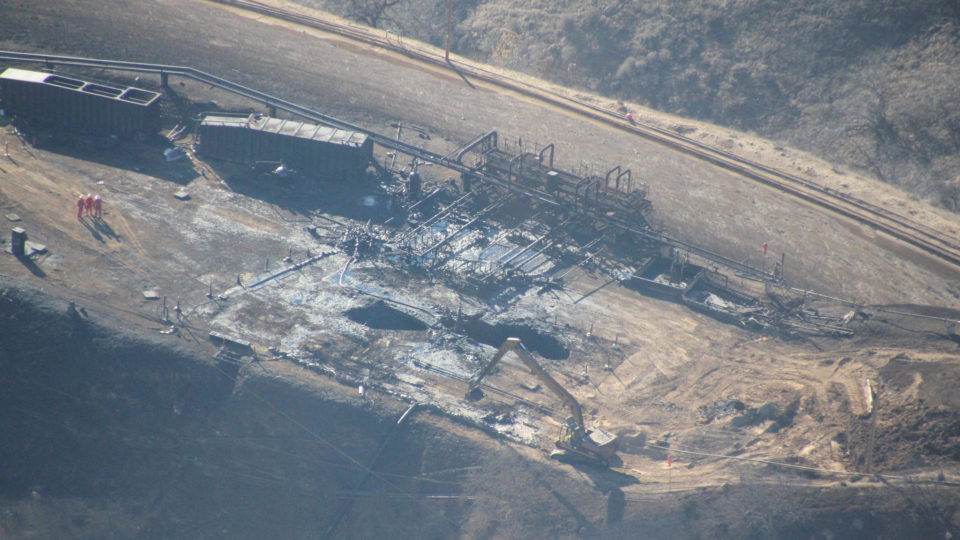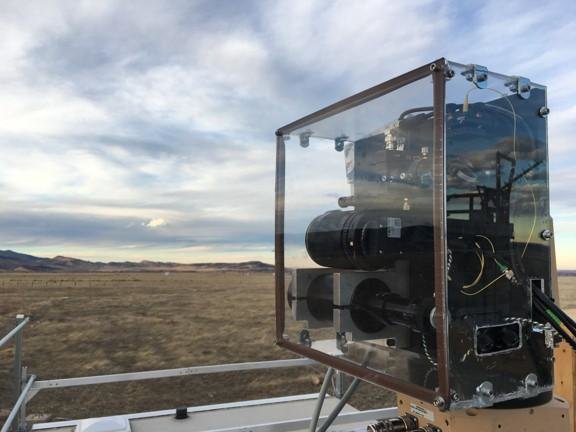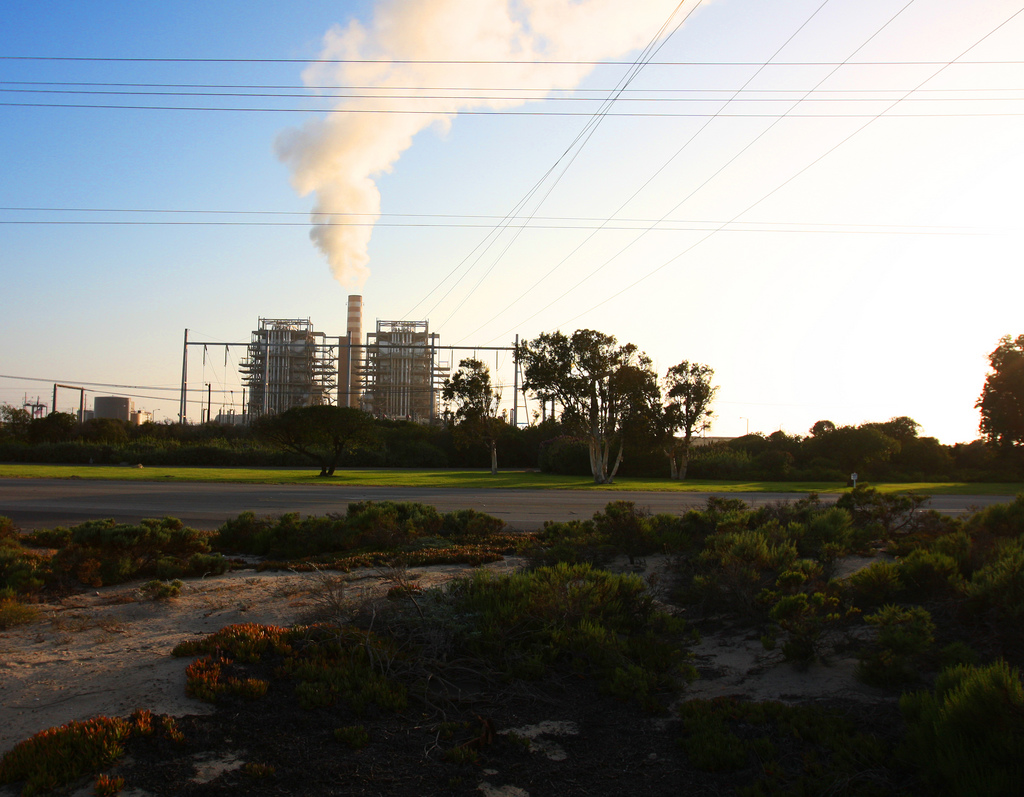Stanford University-led research has determined that American oil and gas operations are emitting more than 6 million tons of methane each year. The emissions come from both intentional vents and unintentional leaks.
Methane is the main component of natural gas and losing that much of it through leakage is costing the industry a billion dollars a year just in lost revenue. Adding in the harm to the economy and human well-being caused by adding this much potent greenhouse gas to the atmosphere is estimated to increase the cost of these emissions to $10 billion a year.
These emission and cost estimates are roughly three times the level predicted by the U.S. government. The Stanford numbers are based on roughly a million aerial measurements of wells, pipelines, storage, and transmission facilities in six of the nation’s most productive oil and gas regions located in Texas, New Mexico, California, Colorado, Pennsylvania, and Utah. These areas account for 52% of U.S. onshore oil production and 29% of gas production.
The survey also found that fewer than 2% of the methane emitters are responsible for 50-80% of emissions in four of the regions. It also found that midstream infrastructure – which includes gathering and transmission pipelines, compressor stations, and gas processing plants – is responsible for about half of total emissions.
While the federal government estimates that methane leakage averages about 1% of gas production, the new survey puts the number at 3%, and some regions lose almost 10% to leakage.
Better tracking and fixing these leaks – especially the larger ones – is essential for climate change mitigation.
**********
Web Links
Methane emissions from U.S. oil and gas operations cost the nation $10 billion per year
Photo, posted June 5, 2015, courtesy of Dave Houseknecht / USGS via Flickr.
Earth Wise is a production of WAMC Northeast Public Radio







